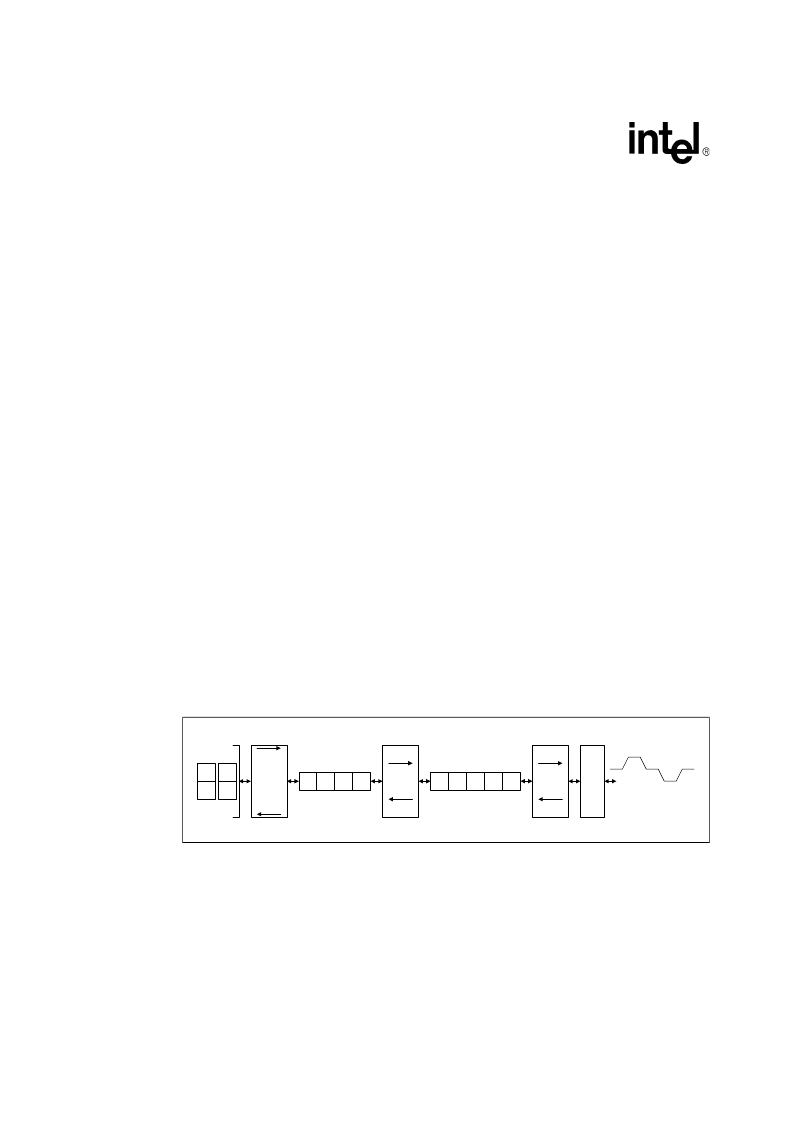- 您現在的位置:買賣IC網 > PDF目錄376724 > DJIXPPED0QE000 (Intel Corp.) Advanced 8-Port 10/100 Mbps PHY Transceivers PDF資料下載
參數資料
| 型號: | DJIXPPED0QE000 |
| 廠商: | Intel Corp. |
| 英文描述: | Advanced 8-Port 10/100 Mbps PHY Transceivers |
| 中文描述: | 先進的8端口10/100 Mbps的物理層收發器 |
| 文件頁數: | 140/226頁 |
| 文件大小: | 1575K |
| 代理商: | DJIXPPED0QE000 |
第1頁第2頁第3頁第4頁第5頁第6頁第7頁第8頁第9頁第10頁第11頁第12頁第13頁第14頁第15頁第16頁第17頁第18頁第19頁第20頁第21頁第22頁第23頁第24頁第25頁第26頁第27頁第28頁第29頁第30頁第31頁第32頁第33頁第34頁第35頁第36頁第37頁第38頁第39頁第40頁第41頁第42頁第43頁第44頁第45頁第46頁第47頁第48頁第49頁第50頁第51頁第52頁第53頁第54頁第55頁第56頁第57頁第58頁第59頁第60頁第61頁第62頁第63頁第64頁第65頁第66頁第67頁第68頁第69頁第70頁第71頁第72頁第73頁第74頁第75頁第76頁第77頁第78頁第79頁第80頁第81頁第82頁第83頁第84頁第85頁第86頁第87頁第88頁第89頁第90頁第91頁第92頁第93頁第94頁第95頁第96頁第97頁第98頁第99頁第100頁第101頁第102頁第103頁第104頁第105頁第106頁第107頁第108頁第109頁第110頁第111頁第112頁第113頁第114頁第115頁第116頁第117頁第118頁第119頁第120頁第121頁第122頁第123頁第124頁第125頁第126頁第127頁第128頁第129頁第130頁第131頁第132頁第133頁第134頁第135頁第136頁第137頁第138頁第139頁當前第140頁第141頁第142頁第143頁第144頁第145頁第146頁第147頁第148頁第149頁第150頁第151頁第152頁第153頁第154頁第155頁第156頁第157頁第158頁第159頁第160頁第161頁第162頁第163頁第164頁第165頁第166頁第167頁第168頁第169頁第170頁第171頁第172頁第173頁第174頁第175頁第176頁第177頁第178頁第179頁第180頁第181頁第182頁第183頁第184頁第185頁第186頁第187頁第188頁第189頁第190頁第191頁第192頁第193頁第194頁第195頁第196頁第197頁第198頁第199頁第200頁第201頁第202頁第203頁第204頁第205頁第206頁第207頁第208頁第209頁第210頁第211頁第212頁第213頁第214頁第215頁第216頁第217頁第218頁第219頁第220頁第221頁第222頁第223頁第224頁第225頁第226頁

LXT9785 and LXT9785E Advanced 8-Port 10/100 Mbps PHY Transceivers
142
Datasheet
Document Number: 249241
Revision Number: 007
Revision Date: August 28, 2003
4.8.2
Transmit Enable
TxEN
n
must be asserted and de-asserted synchronously with REFCLK. The MAC must assert
TxEN
n
at the same time as the first nibble of preamble. TxEN
n
must be de-asserted after the last
bit of the packet.
4.8.3
Carrier Sense & Data Valid
The LXT9785/LXT9785E asserts CRS_DV
n
when it detects activity on the line. However,
RxData
n
outputs zeros until the received data is decoded and available for transfer to the controller.
4.8.4
Receive Error
Whenever the LXT9785/LXT9785E receives an error symbol from the network, it asserts RxER
n
.
When it detects a bad Start-of-Stream Delimiter (SSD) it drives a “10” jam pattern on the RxData
pins to indicate a false carrier event.
4.8.5
Out-of-Band Signaling
The LXT9785/LXT9785E has the capability of encoding status information in the RxData stream
during IPG.
See “Monitoring Operations” on page 157
for details.
4.8.6
4B/5B Coding Operations
The 100BASE-X protocol specifies the use of a 5-bit symbol code on the network media. However,
data is normally transmitted across the RMII interface in 2-bit nibblets or “di-bits”. The LXT9785/
LXT9785E incorporates a parallel/serial converter that translates between di-bit pairs and 4-bit
nibbles, and a 4B/5B encoder/decoder circuit that translates between 4-bit nibbles and 5-bit
symbols for the 100BASE-X connection.
Figure 24
shows the data conversion flow from nibbles to
symbols.
Table 46 on page 147
shows 4B/5B symbol coding (not all symbols are valid).
Figure 24. Intel
LXT9785/LXT9785E RMII Data Flow
D2
D3
D0
D1
Parallel
to
Serial
Serial
to
Parallel
D0
D1
D2
D3
4B/5B
S0
S1
S2
S3
S4
MLT3
0
+1
-1
0
0
Transition = 1.
No Transition = 0.
All transitions must follow
pattern: 0, +1, 0, -1, 0, +1...
Scramble
De-
Scramble
Reduced MII Mode Data Flow
di-bit
pairs
4-bit
nibbles
5-bit
symbols
相關PDF資料 |
PDF描述 |
|---|---|
| DJIXPPED0QE001 | Advanced 8-Port 10/100 Mbps PHY Transceivers |
| DJIXPPED0SE000 | Advanced 8-Port 10/100 Mbps PHY Transceivers |
| DJIXPPED0SE001 | Advanced 8-Port 10/100 Mbps PHY Transceivers |
| DJLXTEAD0QE000 | Advanced 8-Port 10/100 Mbps PHY Transceivers |
| DJLXTEAD0QE001 | Advanced 8-Port 10/100 Mbps PHY Transceivers |
相關代理商/技術參數 |
參數描述 |
|---|---|
| DJIXPPED0QE001 | 制造商:INTEL 制造商全稱:Intel Corporation 功能描述:Advanced 8-Port 10/100 Mbps PHY Transceivers |
| DJIXPPED0SE000 | 制造商:INTEL 制造商全稱:Intel Corporation 功能描述:Advanced 8-Port 10/100 Mbps PHY Transceivers |
| DJIXPPED0SE001 | 制造商:INTEL 制造商全稱:Intel Corporation 功能描述:Advanced 8-Port 10/100 Mbps PHY Transceivers |
| DJL26CIP6A9 | 制造商:DJL26CIP6A9 功能描述:DJL26CIP6A9 |
| DJLXP730LE.A1 | 制造商:Rochester Electronics LLC 功能描述:- Bulk 制造商:Intel 功能描述: |
發布緊急采購,3分鐘左右您將得到回復。